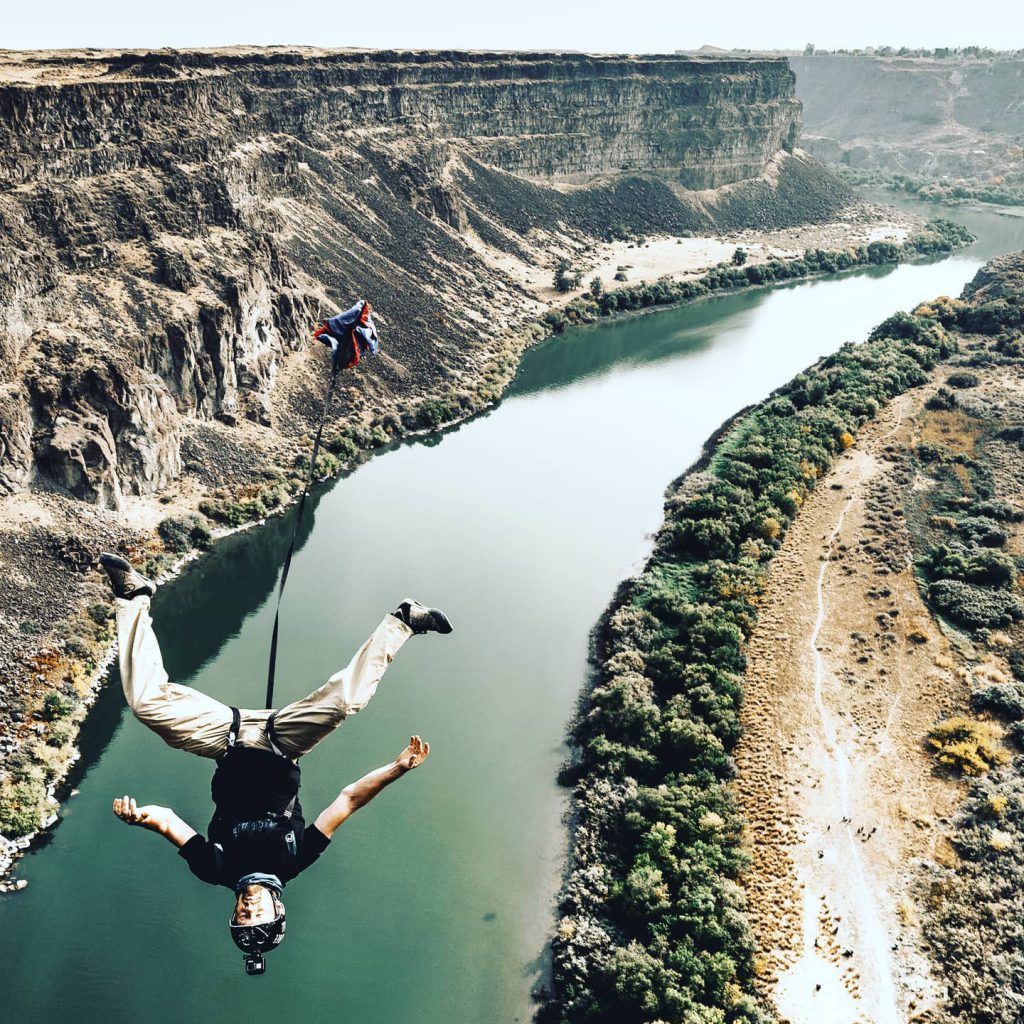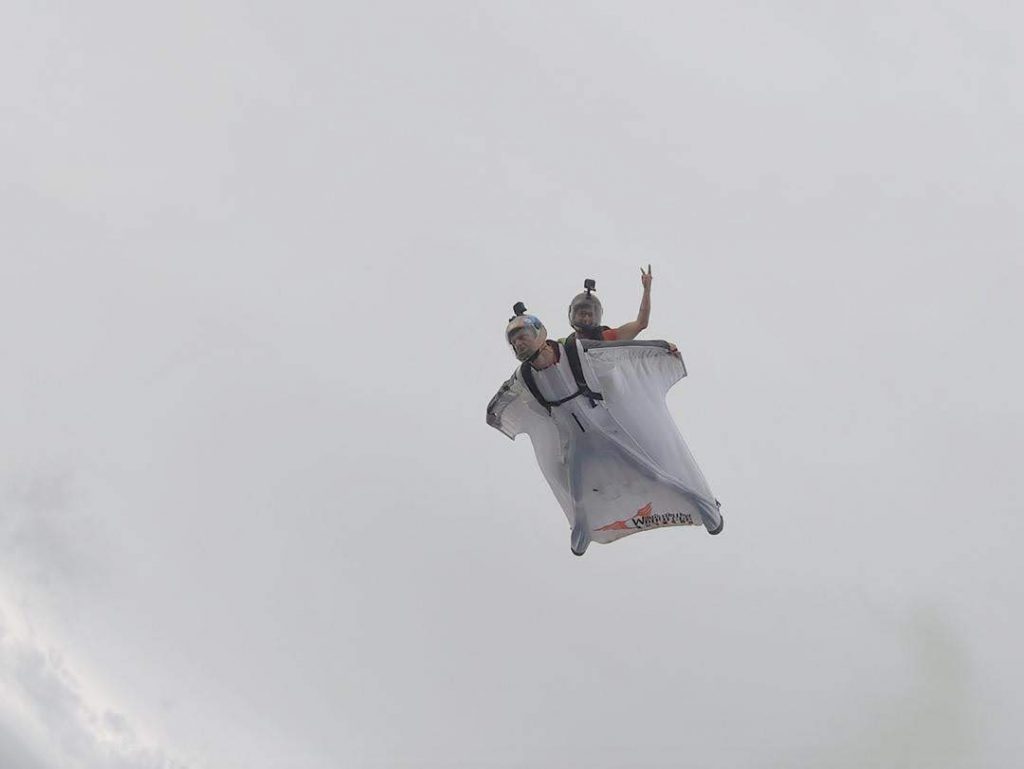When Coffee or Die Magazine last talked to Marine veteran Robert “Scotty Bob” Morgan, he was well on his way to living the dream of a professional BASE jumper. So, what exactly does a BASE jumper do?
BASE is an acronym that stands for four categories of stationary objects from which to jump: buildings, antennas, spans, and the earth. The rules are simple. You find something tall and figure out a way to throw yourself off it without dying. Preventing an ugly demise requires deploying a parachute to slow your descent and, possibly, strapping on a wingsuit to aid with directional control.
Morgan first experienced the thrill of free fall while attending the Marine Corps jump school. He deployed twice to Iraq with the Marine Expeditionary Force (MEF), once in 2007 and again in 2009. Upon separating from military service in 2010, he began skydiving and BASE jumping in Virginia. Soon thereafter, Morgan relocated to California, where it’s always jump season. Somewhere along the way, he connected with Squirrel Wingsuits and now works for that firm as a test pilot, continually putting new prototype suits through their paces.
The “winged warrior” recently opened a BASE jumping training school called Bob’s BASE Academy. Classes, taught by Morgan and his wife, Julie, are available for all levels of students, including prerequisite “day one” skydiving instruction, wingsuit first flight (from an aircraft), BASE jump training, and BASE wingsuit flight. The couple also offers guided excursions to some of the most badass jump sites in the world.

“From where we are and the perspective we’re coming from,” Morgan said, “we are trying to incorporate more skydiving instruction in BASE instruction.”
Unsurprisingly, most people transition to BASE jumping from skydiving. But to Morgan, hindsight suggested that he and Julie got into BASE jumping way too early in their skydiving careers. Morgan started BASE jumping as a Marine, while on active duty at Camp Lejeune, North Carolina. After fewer than 100 skydives, he figured it was time to buy a BASE rig and begin jumping off antennas. While his commanding officers were aware that Morgan was into some crazy stuff, it’s not likely they knew the extent of it.
“At 22 years old, the risk assessment on my part was a little skewed,” he said with a laugh. “I see a lot of that same mentality in young people today.”
With that in mind, Morgan and Julie require students to log at least 200 jumps from aircraft prior to BASE jumping. From there, training is staged at instructional BASE sites before moving to higher risk locations.
“I’ve seen a lot of people get hurt and even killed [in this sport],” Morgan said. “The idea is to get our hands on them when they’re young so they don’t make bad decisions in the BASE environment when time is a lot more compressed.”

It is apparently common for many jumpers to quit skydiving once they’ve made the transition to BASE. The progressive nature of the Bob’s BASE Academy model discourages that type of thinking.
“We don’t leave the drop zone when we start BASE jumping,” Morgan said. “We’re just taking those skills and then they work in tandem throughout your progression.”
Morgan and Julie have run 36 students through BASE training in 2020, their first year in business. The typical class size is six students. As noted, the location largely depends upon the skill level of the students and the techniques being taught. Early on, students may be skydiving over a drop zone in California or Florida. As training progresses, the first BASE jumps might take place at an instructional site in Idaho. More advanced BASE jumps with wingsuits might be in Moab or even Europe.
Morgan hears from numerous individuals who have seen BASE videos on YouTube and are eager to start jumping off cliffs in wingsuits right away.
“Yeah it’s awesome, but it’s a process,” he said. “For most people, it takes upwards of three to four years to get to that point. And it all starts with skydiving. You know, there’s a way to do this that requires a little less pain and a little more brain!”








Comments